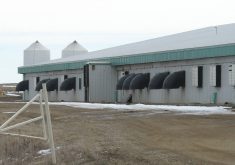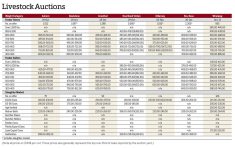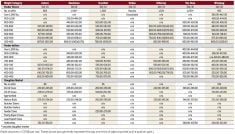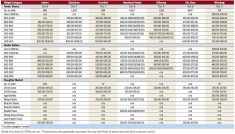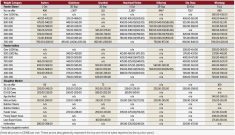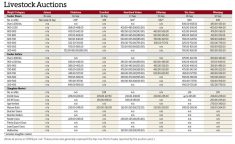Glacier FarmMedia – Beleaguered hog farmers are finally getting paid more but the extra cash — and then some — is blowing out the door as costs soar.
A year ago, it cost about $140 per month to house and feed a pig, said Mark Wipf, hog and feed manager for Lakeside Colony Farming Company, located east of Lethbridge, Alta.
Feed alone has gone up $40 per animal, and higher costs for heating, freight, electricity, gilt replacement, and medication have added another $50.
“That will be $230 to feed the pig out the door,” said Wipf.
So even though hog prices have risen to $1.94 per kilogram from the normal price of $1.26 per kilogram, raising pigs still isn’t profitable, he said.
“At $1.94, you need another $10 (per pig) to make money,” he said.

Lakeside Colony — which has a 550-animal farrow-to-finish sow barn as well as 1,500 feeder cattle and 20,000 laying hens — is actually better off than some operations as Wipf was able to buy much of his barley supply in September.
“Not everybody has the resources to do that,” he noted, adding that he also contracted soy from the U.S. last fall but has been having problems receiving it.
Darcy Fitzgerald, executive director of Alberta Pork, summed up the thoughts of an average pork producer.

“Before it used to be, ‘I wasn’t making that much, but I was making something,’” he said. “You look at it now, everyone thinks I’m making a lot, but I’m really not. I’m getting paid a lot more for my pig than I did in the past, and it looks pretty good for the summer, but you know, it’s all being chewed up by all these high costs.”
Virtually all farmers are grappling with higher costs but the hog sector is in a precarious position, said Fitzgerald.
“It’s people just hanging on,” he said.
But that’s not because demand for pork isn’t strong — there’s actually a shortage of pigs both in North America and worldwide, he added.
Read Also
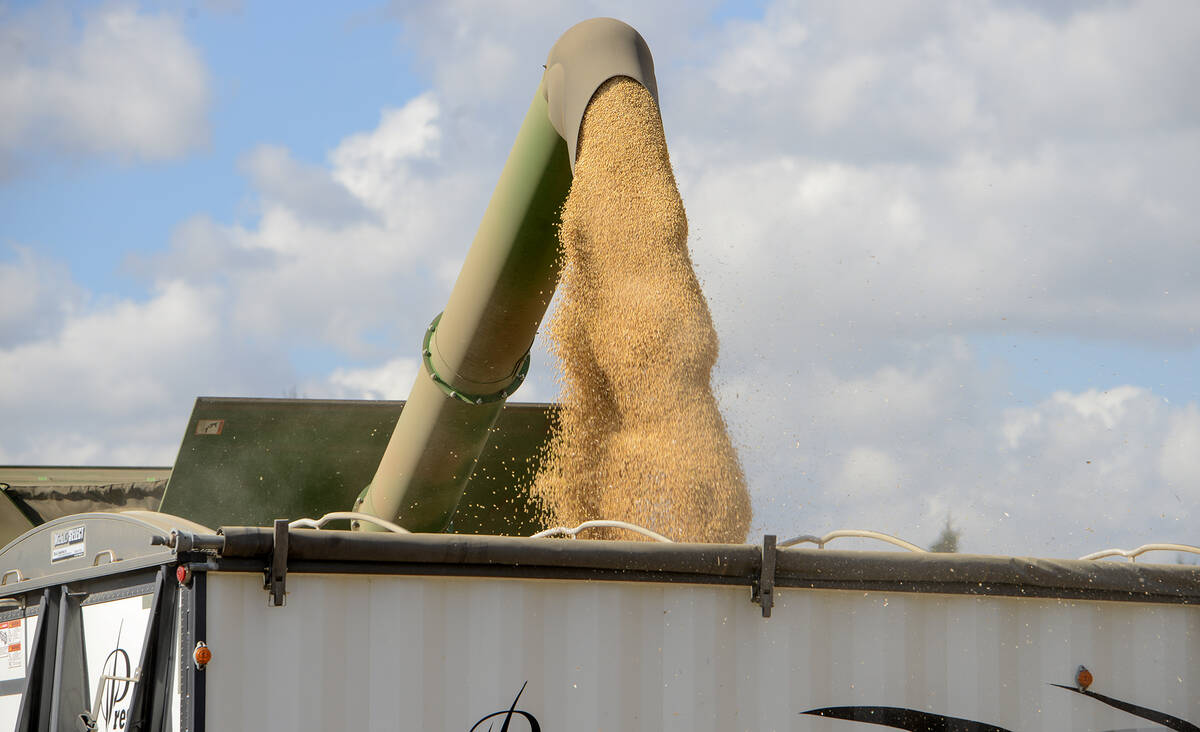
Grain markets hungry for U.S. data
The U.S. government shutdown meant that futures markets were left without robust grain supply information
“It’s one of those stories, where people may look at it and say, ‘I’m paying so much for agricultural products, for food. I’m assuming that these guys must be doing well.’ The answer is no.”
And while both current and futures prices are “really quite good,” everyone in the pork sector needs to work together to ensure producers are able to make a living, said Fitzgerald.
“It really comes to sitting down with everyone in the supply chain — from the retailer and food service all the way down to the producer — saying, ‘Let’s be realistic here. How can you continue to get these products?’”
It would help a great deal if packers would pay producers more, said Wipf.
But he remains optimistic.
“I believe we’re going to have a good summer,” he said. “I was at the Banff Pork Seminar and the outlook for beef, poultry and pork is good if no disease hits North America.”
For his part, Fitzgerald is hoping that grain production will return to normal.
“I don’t know how it will end,” he said. “The feed part of this is really scary. We can’t rectify this until hopefully after we get a great crop in the fall.”
– Alexis Kienlen is a reporter for the Alberta Farmer Express. Her article appeared in the Feb. 21, 2022 issue.



